Early Career Scientist Spotlight
Dr. Holly Mallinson (she/they)
Atmospheric Scientist
Mesoscale Atmospheric Processes Laboratory (612)
Did you always know that you wanted to be an atmospheric scientist?
I’ve always found weather to be interesting, but I can’t point to a specific event that ultimately pushed me down the path to becoming an atmospheric scientist; perhaps it was the culmination of getting to experience everything from tropical cyclone remnants and tornado-warned thunderstorms to extreme drought and heatwaves through living in north Texas that really made me want to understand those phenomena.
Growing up, I played on a national league club soccer team, so I had to seriously begin looking at potential universities in my sophomore year of high school. Since weather was the only topic that sounded interesting enough to want to study, I did a Google search to find if you could study that and if so, where. Once I found out about atmospheric science as a viable career and a corresponding list of atmospheric science programs, I only considered offers from those universities.
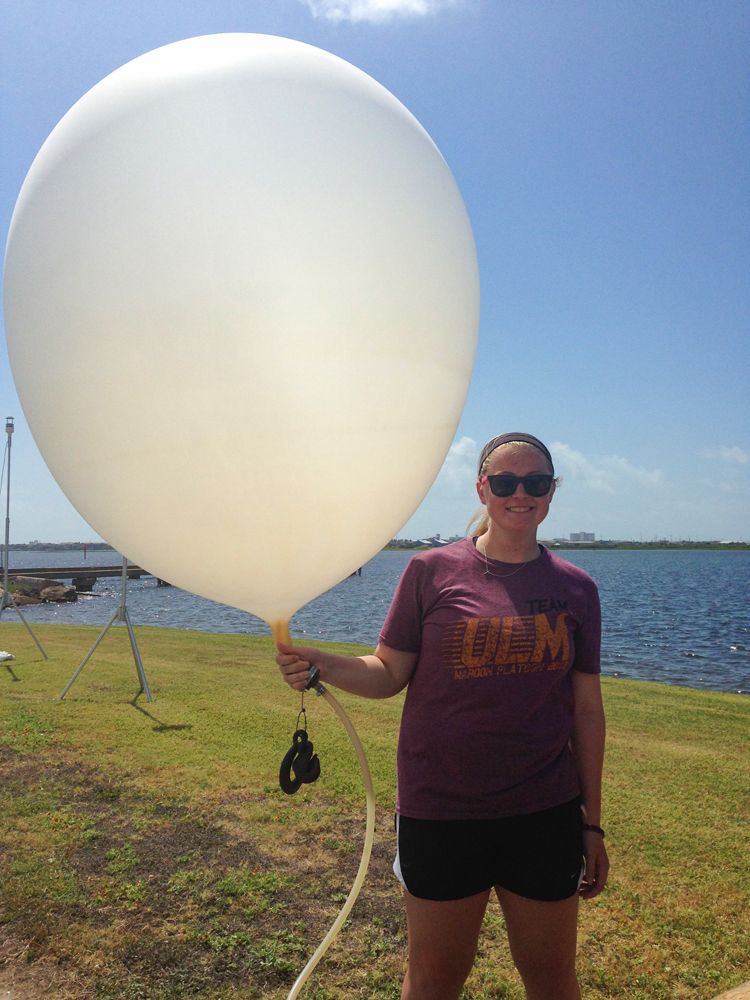
Credit: Aaron Alexander
What is your research focus?
My research focuses on convective cloud processes to better understand storm formation, intensity, lifecycle, and hazards. I specifically focus on the processes related to the formation and phase-change of precipitation (or microphysics), and how these connect to vertical motions (or storm dynamics). The interactions between these two play a major role in determining storm properties but are not well understood or well represented in numerical weather and climate models. A better understanding of these processes can lead to improvements in the prediction of severe storms and their hazards.
I use a combination of observations and numerical weather models to investigate the linkages between storm microphysics and dynamics. Using data from the NASA IPHEx (Integrated Precipitation and Hydrology Experiment) field campaign, I take ground- and airborne-based observations of storms to derive vertical motions and precipitation properties. From there, I compare them with output from numerical model simulations from the NASA Unified Weather Research and Forecasting model (NU-WRF) to see how and why they differ.
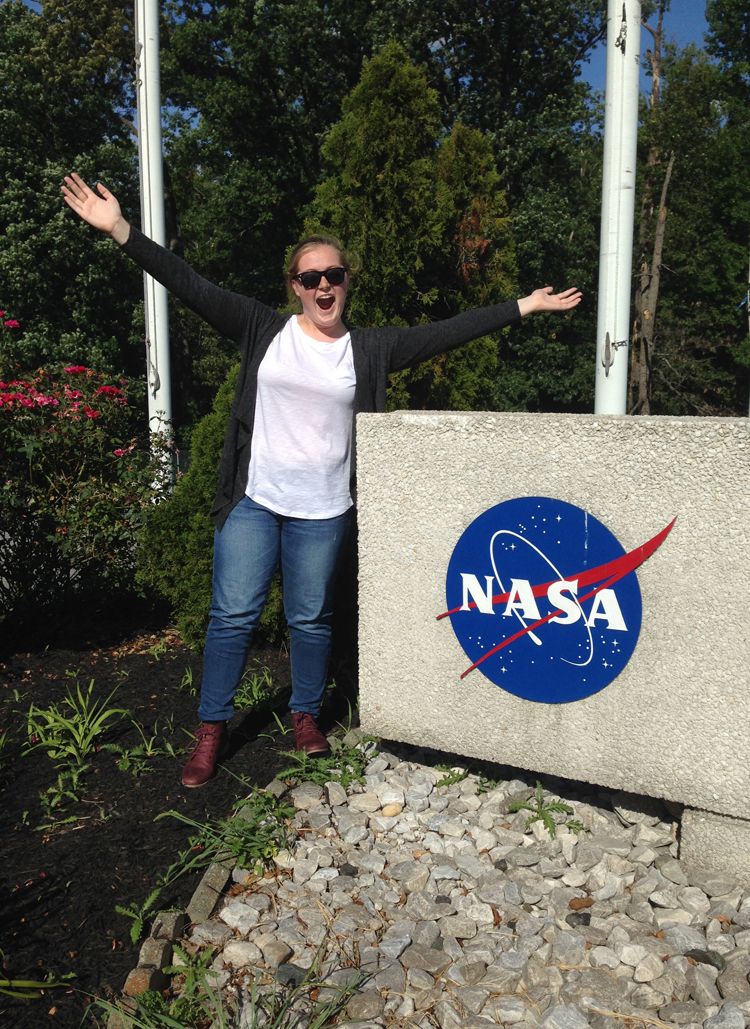
Credit: Manny Hernandez
What aspect of your work excites you the most?
I really like investigating processes focused on the formation and growth of hail. Hail runs the gamut in terms of the microphysical and dynamical processes that must be present and balanced for it to form. Hailstones initially begin as a small nucleus (less than 1 centimeter) and grow by collecting supercooled liquid water (or water that exists in liquid form at temperatures colder than 0ºC) in the storm’s updraft. As the hailstone continues to grow heavier, it needs to be supported by a stronger updraft to stay in favorable growth conditions and grow larger. If the hailstone grows so large that its terminal velocity exceeds that of the storm’s updraft, then it will fall out of the storm. On the flip side, if a growing hailstone encounters an updraft that is too strong, the hailstone can be thrown out of the top of the storm where it also will stop growing. This balancing act between hailstone growth rate and updraft speed is crucial for the production of large hailstones, and there’s still a lot of uncertainty regarding these processes. Untangling why some storms form big hailstones while others don’t is a problem I enjoy looking at.
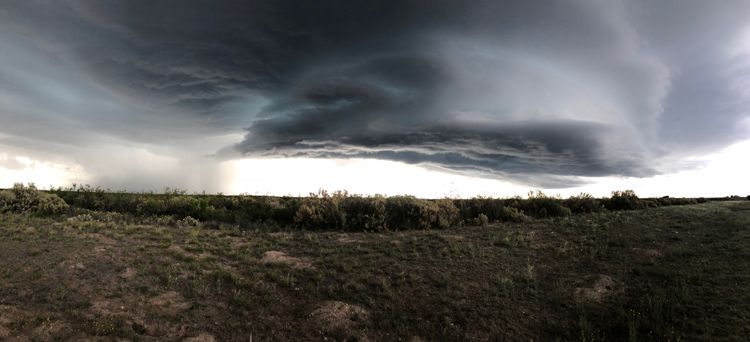
Credit: Holly Mallinson
What was your first big research achievement?
I would count the opportunity to conduct a research project as my first big research achievement. I went to a small, non-research university for my undergraduate degree. The entire program only had 2 professors and about 20 undergraduates and there were no opportunities like a senior capstone project that allowed me to learn about and conduct research to see if that was a career path I wanted to pursue.
The summer before my senior year, I was accepted into an NSF Research Experience for Undergraduates (REU) program at Texas A&M University where I got to be a part of a faculty member’s research group and received a two-month crash-course in the world of scientific research. My project utilized data from a vertical wind profiler in Darwin, Australia to look at differences in cloud dynamics for different convective regimes. From this, I got to present a talk at my first ever conference (AGU) that December and attending that was a really great experience in seeing the breadth of work being done in the field and start thinking about what direction I’d want to move in my research work. The REU program was the catalyst in pushing me towards a career in research and helped lead me to graduate school and ultimately here to NASA.
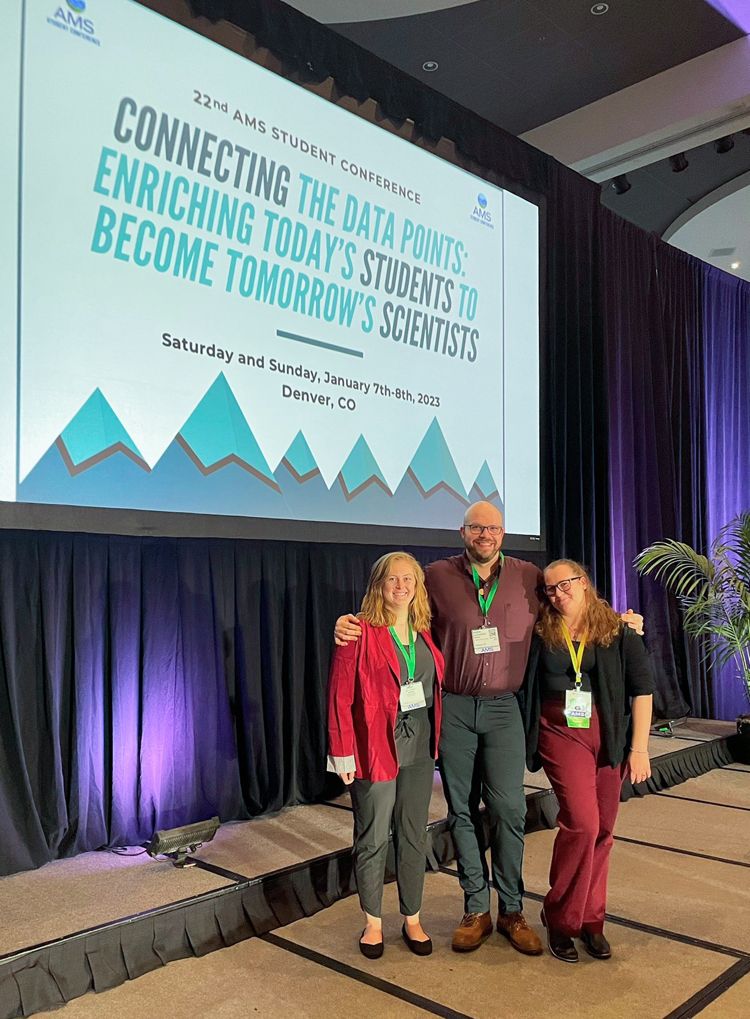
Credit: Angelie Nieves Jiménez
If you were to expand your current research focus, what new topic(s) would you explore?
I’d be interested in learning more about satellite observations and trying to incorporate them into my work. My background is in numerical modelling and since starting at NASA I’ve had to learn a lot about the ground- and aircraft-based observational platforms, datasets, and limitations. Even if my current project doesn’t end up using any satellite observations, it’d be a great avenue for future research and help diversify my skillset and understanding.
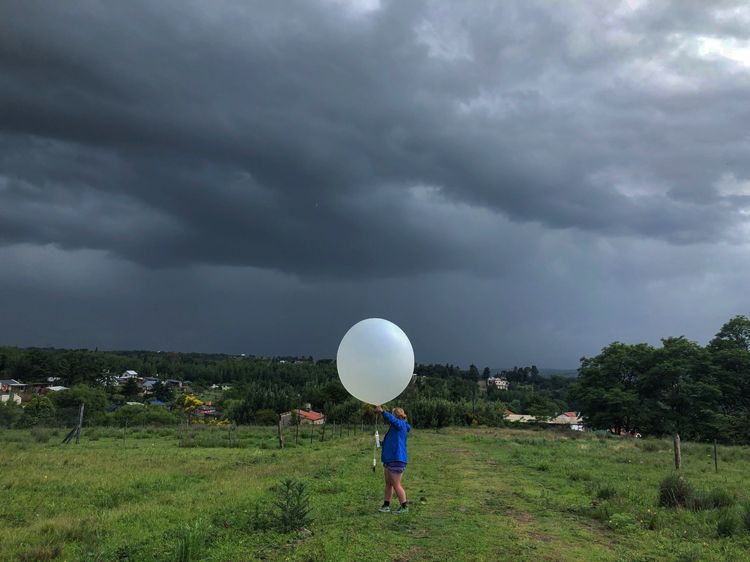
Credit: Jake Mulholland
What keeps you inspired by your work?
Last year I had the honor of chairing the American Meteorological Society’s student board for its inaugural year. Through this, I got to work with so many passionate and driven students and hear about their research and career goals. Being able to help plan professional development and career exploration events to help others reach their goals is always fulfilling.
What is a fun fact about you?
I was a summer intern at NASA Goddard in 2016, working in the same lab as I’m in now (and right next door to one of my advisors from that summer)! My project looked at discrepancies between observed and predicted snowfall for a nor’easter that impacted the region earlier that year. Outside of work I really enjoy taking on baking projects, especially ones that tend to be lengthy or complex. I’ve made all different types of layer cakes, breads, and pastries but my favorite thing to make is probably bagels.

Credit: Joseph Finlon
Biography
Home Town:
Fort Worth, TX
Undergraduate Degree:
B.S. in Atmospheric Science, University of Louisiana-Monroe, Monroe, LA
Post-graduate Degrees:
M.S. and Ph.D. in Atmospheric Science, University of Illinois Urbana-Champaign, Champaign, IL
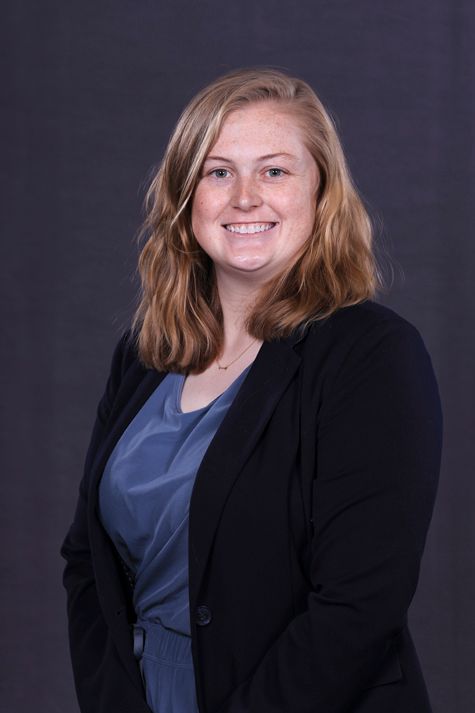
Link to Dr. Mallinson's GSFC Bio
